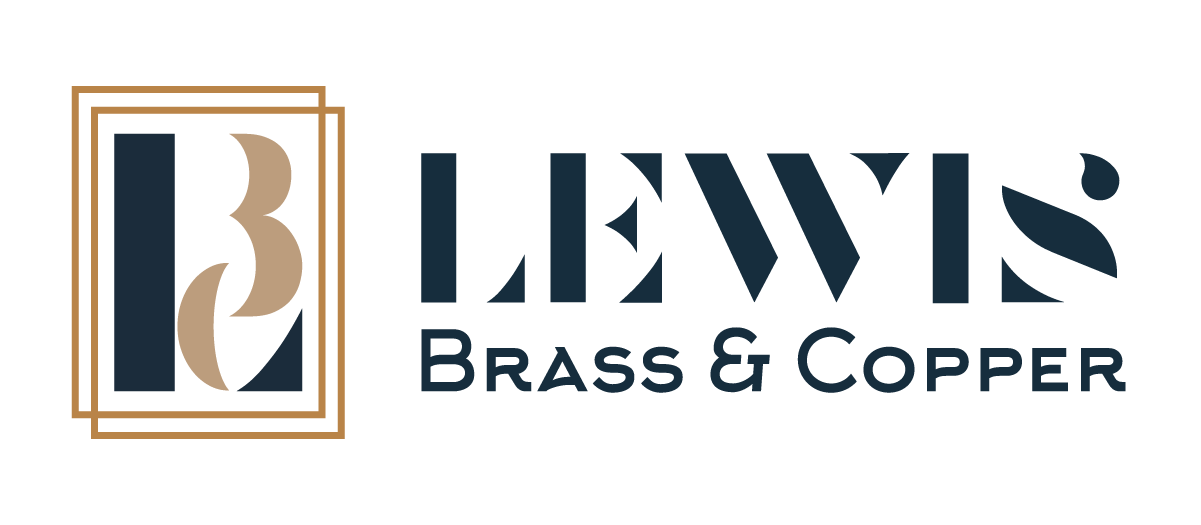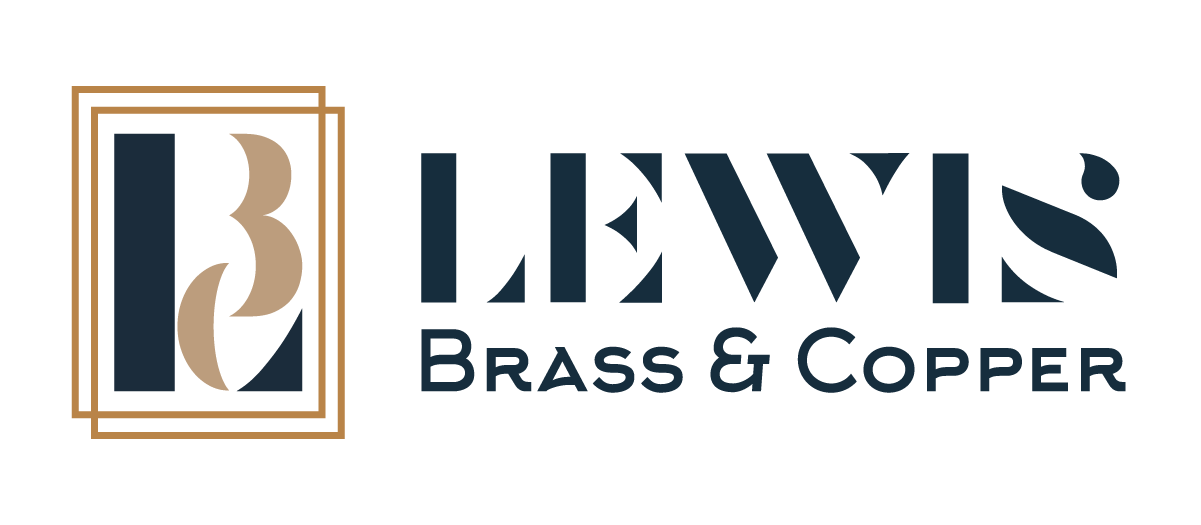What is A280 Bronze
A280 Bronze is typically composed of copper, tin, and other elements. It has excellent strength, formability, and corrosion resistance, so it’s ideal for various applications that span across various different industries, such as architecture or electronics.
If reliability and performance are something you value, then A280 Bronze is your go-to. In this blog post, we'll delve into the composition, characteristics, and diverse applications of A260 Bronze, and showcase to you its wide-ranging utility.
Composition of A280 Bronze
When it comes to A280 Bronze, it typically contains around 80% copper and 20% tin, with small amounts of other elements like zinc and phosphorus to its properties. This makes it an excellent choice if you need something that has high strength and corrosion resistance.
Characteristics of A280 Bronze
Due to its formability, A280 Bronze can be shaped into various forms without sacrificing structural integrity. It also has remarkable resistance to corrosion, so it’s perfect if it’s going to be used in environments exposed to moisture, chemicals, and seawater.
Many people also find that the alloy's color is attractive, making it suitable for architectural and decorative purposes. It also has good machinability, so it can help your manufacturing process to be more efficient.
Applications of A280 Bronze
Industrial Applications of A280 Bronze
In industrial settings, A280 Bronze is favored for its durability and ability to withstand various conditions. It is commonly used in the following applications:
- Bearings and Bushings: To reduce friction and wear in machinery.
- Gears and Worms: It makes reliable components in mechanical systems.
- Valve Components: It ensures performance in various industrial systems.
- Pump Components: Efficient operation in fluid handling equipment.
These applications benefit from the material's strength and wear resistance, ensuring long-lasting performance.
Plumbing Applications of A280 Bronze
A280 Bronze is a preferred material in the plumbing industry due to its corrosion resistance and ease of fabrication. It is perfect for:
- Fittings and Valves: Durable components in plumbing systems.
- Pipes and Tubing: Reliable solutions for water transport.
- Water Supply Lines: Suitable for both residential and commercial uses.
The alloy’s ability to be easily soldered and welded adds to its versatility, making it a staple in plumbing applications.
Electronic Applications of A280 Bronze
In the electronics world, A280 Bronze is valued for its electrical conductivity and reliability. Here are some examples of what it can be used for:
- Connectors: Ensuring secure electrical connections.
- Terminals: Reliable components for various electronic devices.
- Switches: Durable and conductive parts.
These applications require materials that can consistently perform and withstand the demands of electrical systems, making A280 Bronze a favorite choice for many.
Architectural Applications of A280 Bronze
This alloy also has plenty of architectural applications. Architecturally, A280 Bronze is chosen for both its functional and visual appeal. It is used in:
- Decorative Elements: Adding elegance to buildings.
- Railings: Providing safety and aesthetic value.
- Fixtures: Durable and stylish components.
In terms of color, it sports a reddish-brown hue that lasts for quite some time. All of these factors make it a popular choice.
Cosmetic Applications of A280 Bronze
In the fashion industry, A280 Bronze is used for its ability to be polished to a high sheen. It’s ideal for:
- Buttons: Stylish and durable closures.
- Zippers: Long-lasting and visually appealing.
- Decorative Hardware: Enhancing the look of clothing and accessories.
If you work in fashion, then you may find that A280 bronze could be your new best friend. Especially if you want long-lasting garments.
Outdoor Applications of A280 Bronze
A280 Bronze performs well outdoors due to its corrosion resistance. It is commonly used in:
- Marine Hardware: Withstanding marine environments.
- Outdoor Fixtures: Durable in varying weather conditions.
- Garden Features: Long-lasting and aesthetically pleasing.
These applications benefit from the alloy’s ability to resist moisture and environmental factors, ensuring longevity.
Mechanical Properties of A280 Bronze
Yield Strength of A280 Bronze
A280 Bronze has a yield strength of about 200 MPa (29,000 psi). This property provides a good balance of strength and flexibility, making it suitable for applications where the material needs to endure stress without permanently deforming.
Tensile Strength of A280 Bronze
With a tensile strength of around 500 MPa (72,500 psi), A280 Bronze can withstand significant stress before breaking. This makes it suitable for high-stress applications where durability is crucial.
Hardness Rockwell of A280 Bronze
A280 Bronze typically has a Rockwell hardness ranging from 80 to 100 on the B scale. This hardness level indicates that the material is resistant to wear while still being machinable, making it ideal for precise manufacturing processes.
Fatigue Strength of A280 Bronze
A280 Bronze exhibits good fatigue strength, meaning it can withstand repeated stress cycles without failing. This property is essential for components subjected to continual loading and unloading, such as mechanical and structural parts.
Machinability of A280 Bronze
Machinability Rating of A280 Bronze
A280 Bronze has an impressive machinability rating, often around 80%, which is considered good. This rating means the alloy can be easily and efficiently machined, reducing production time and costs. The material’s ability to be precisely shaped is useful if you need to make complex components, such as intricate gears, precision bearings, detailed architectural fittings, and custom electronic connectors.
Corrosion Resistance of A280 Bronze
Corrosion Resistance in Hydrochloric Acid
A280 Bronze demonstrates reliable resistance to hydrochloric acid, making it suitable for environments where this acid is present. Its ability to resist corrosion ensures the longevity and reliability of components exposed to acidic conditions.
Corrosion Resistance in Acetic Acid
The alloy’s resistance to acetic acid extends its applicability in environments where organic acids are present. This resistance makes it an excellent choice for various industrial processes involving acetic acid.
Corrosion Resistance in Nitric Acid
A280 Bronze performs well against nitric acid, although care must be taken to prevent localized forms of corrosion such as pitting. This property is valuable in chemical processing applications where nitric acid is used.
Corrosion Resistance in Moist Ammonia
In moist ammonia environments, A280 Bronze resists corrosion effectively, making it suitable for use in settings where ammonia exposure is likely. This resistance ensures that the material maintains its integrity and functionality over time.
Uses of A280 Bronze
Building Radiator Cores with A280 Bronze
A280 Bronze is commonly used in building radiator cores due to its thermal conductivity and corrosion resistance. These properties make it ideal for efficient heat exchange in automotive and industrial radiators.
Manufacturing Ammunition Components with A280 Bronze
The alloy’s strength and durability make it perfect for manufacturing ammunition components, ensuring reliable performance under high stress. A280 Bronze is used to produce casings and other parts that must withstand the rigors of firing and handling.
Making Plumbing Accessories with A280 Bronze
A280 Bronze’s corrosion resistance and formability make it a preferred material for various plumbing accessories. It is used to create durable and reliable fittings, valves, and other components that can withstand constant exposure to water and varying temperatures.
Using A280 Bronze for Electrical and Electronic Components
In the electrical and electronic sectors, A280 Bronze is used for connectors, terminals, and other components that benefit from its electrical conductivity. These parts require consistent performance and durability, so using A280 Bronze is a no-brainer for many who manufacture electrical parts.
Plate and Sheet Form of A280 Bronze
Plate Form of A280 Bronze
A280 Bronze is available in plate form. This is ideal if you need a reliable material for heavy-duty applications where large, flat pieces are required. Even better, the plates can be easily cut and shaped, so they’re perfect if you have a specific usage in mind.
Sheet Form of A280 Bronze
The alloy is also available in sheet form. This thinner material is ideal if you need something that can be easily formed and manipulated, while still maintaining its strength.
How Lewis Brass Can Help
At Lewis Brass, we specialize in providing high-quality A280 Bronze for various different industries, so you’ll never be short of options. If you have any queries or would like to know more, contact us and we’ll be happy to help.
 1-800-221-5579
1-800-221-5579 info@lewisbrass.com
info@lewisbrass.com
